How Solanum Steel is Manufactured
The typical alloy used in Solanum Steel is ASTM A-588, developed as an advancement over the original alloy used in COR-TEN, a trademark of U.S. Steel. Since the material was first made public, it has been utilized by architects on countless projects.
The Solanum Steel process begins at the raw steel ingot. Zahner has a close relationship with both the steel mill and the rolling mill, and can influence the quality of the surface long before the raw sheet arrives. This ensures that the material derives from specific alloying components and that the base raw material is cast to exacting specifications.
Then, the ingot is processed by Zahner’s rolling mill partner, whose finesse with steel ensures that the surface is properly treated to avoid streaks, rings, and discolorations.
Zahner patina engineers inspect each and every plate surface. The bare Solanum Steel is then cleaned and prepared to eliminate oxides and contaminants. If this step is not carefully followed the finish will not hold up.
Once properly prepared, Zahner force the surface to an initial ferric oxide. This finish is slightly orange in color and is characterized by a crusty texture.
An orange patina is not as permanent as a dark patina. A patinated steel showing yellow and light orange colors will rub off and continue to bleed and stain adjoining surfaces, unless sealed with a durable coating.
























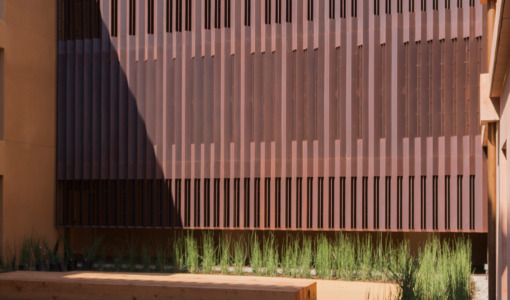



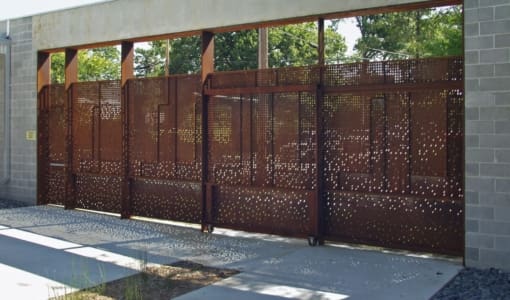






 Photo ©
Photo © 
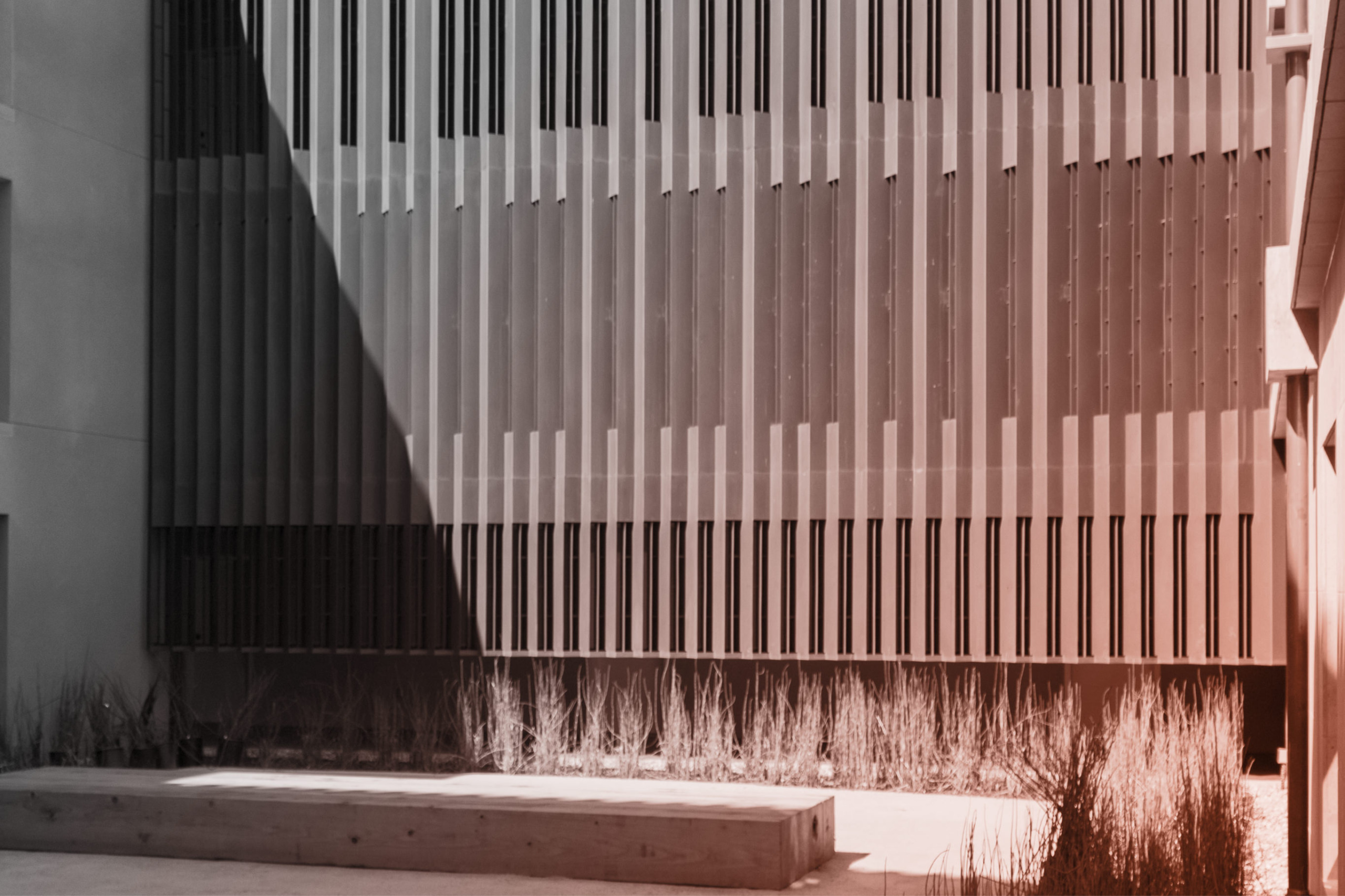
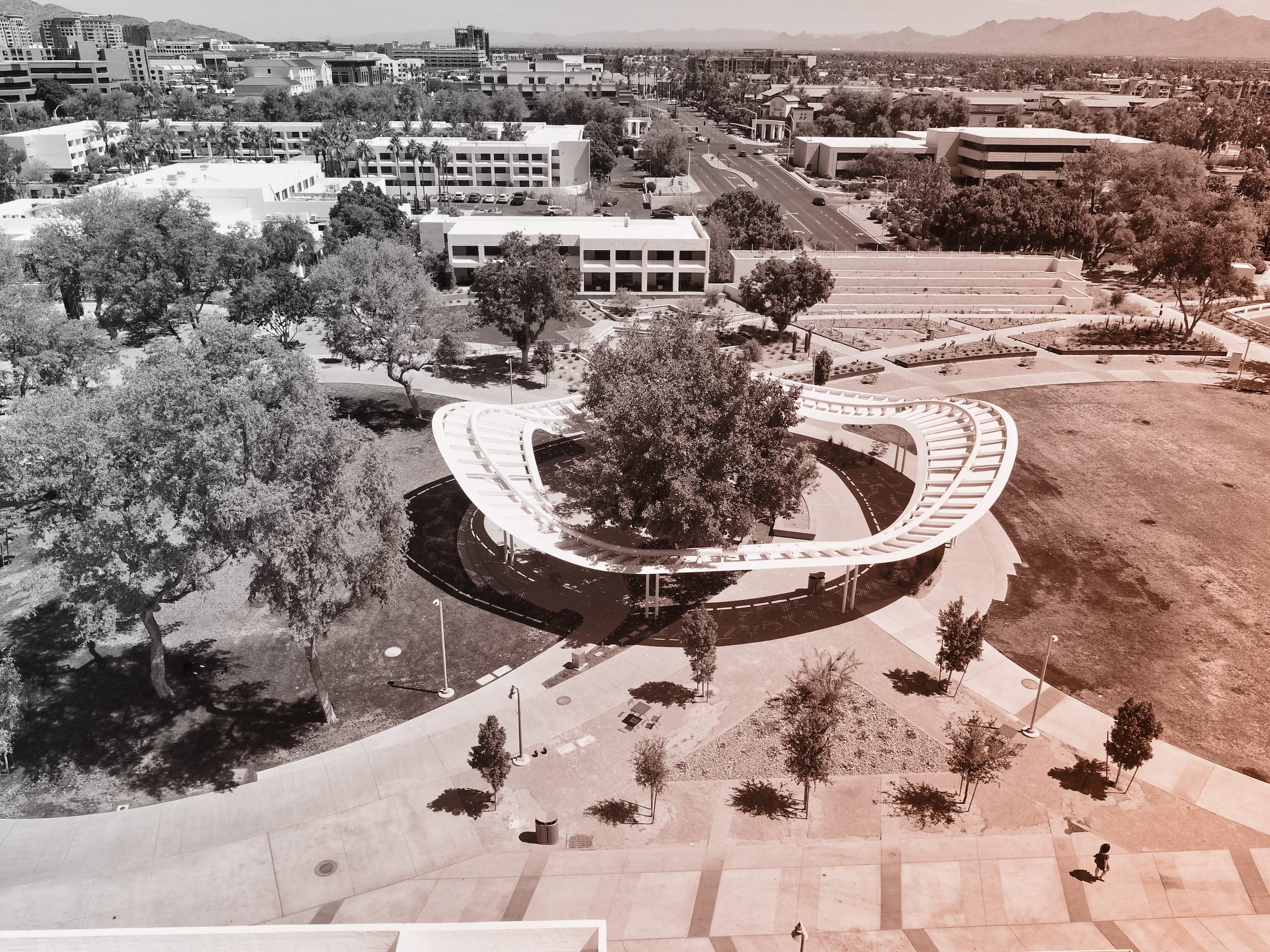
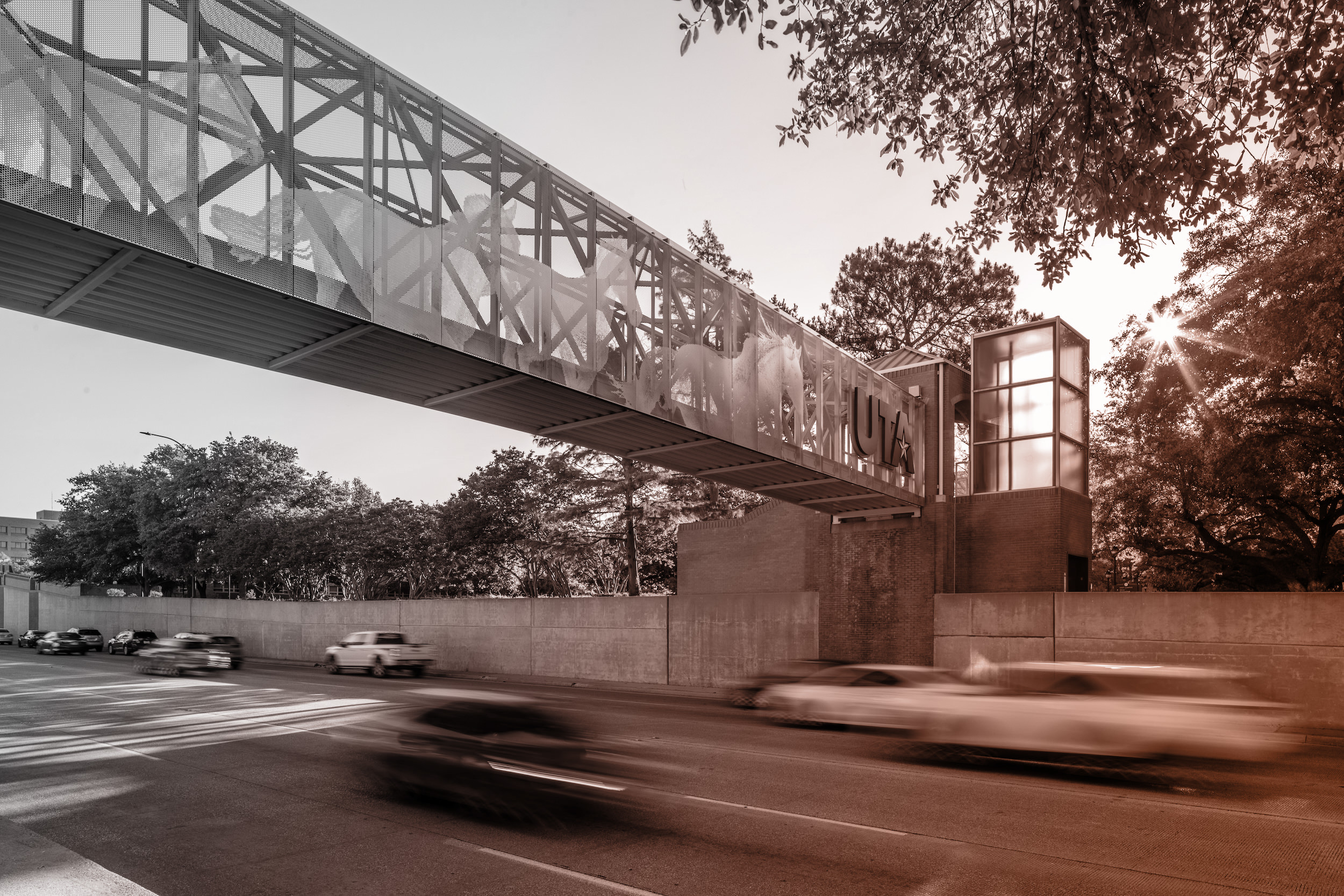 PHOTO ©️ Parrish Ruiz de Velasco (parrch.com)
PHOTO ©️ Parrish Ruiz de Velasco (parrch.com)


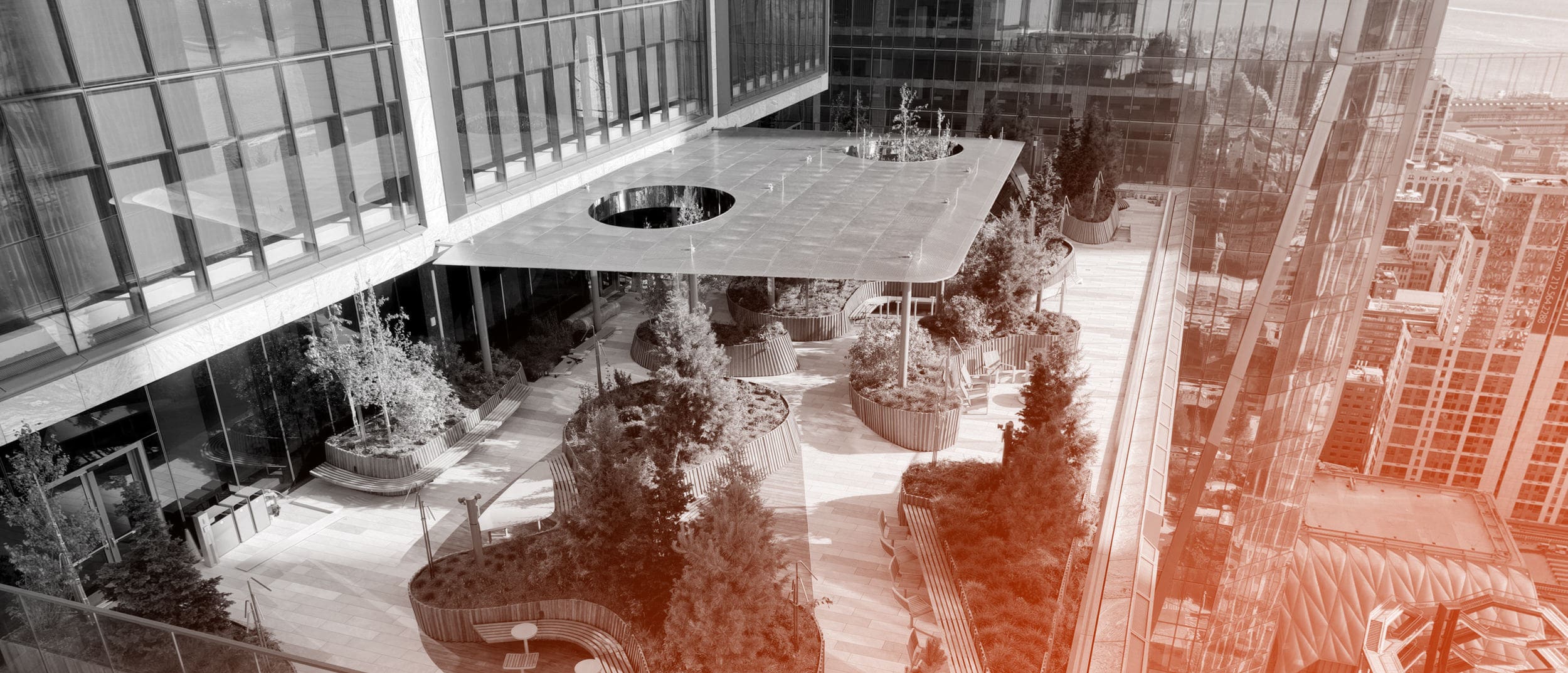
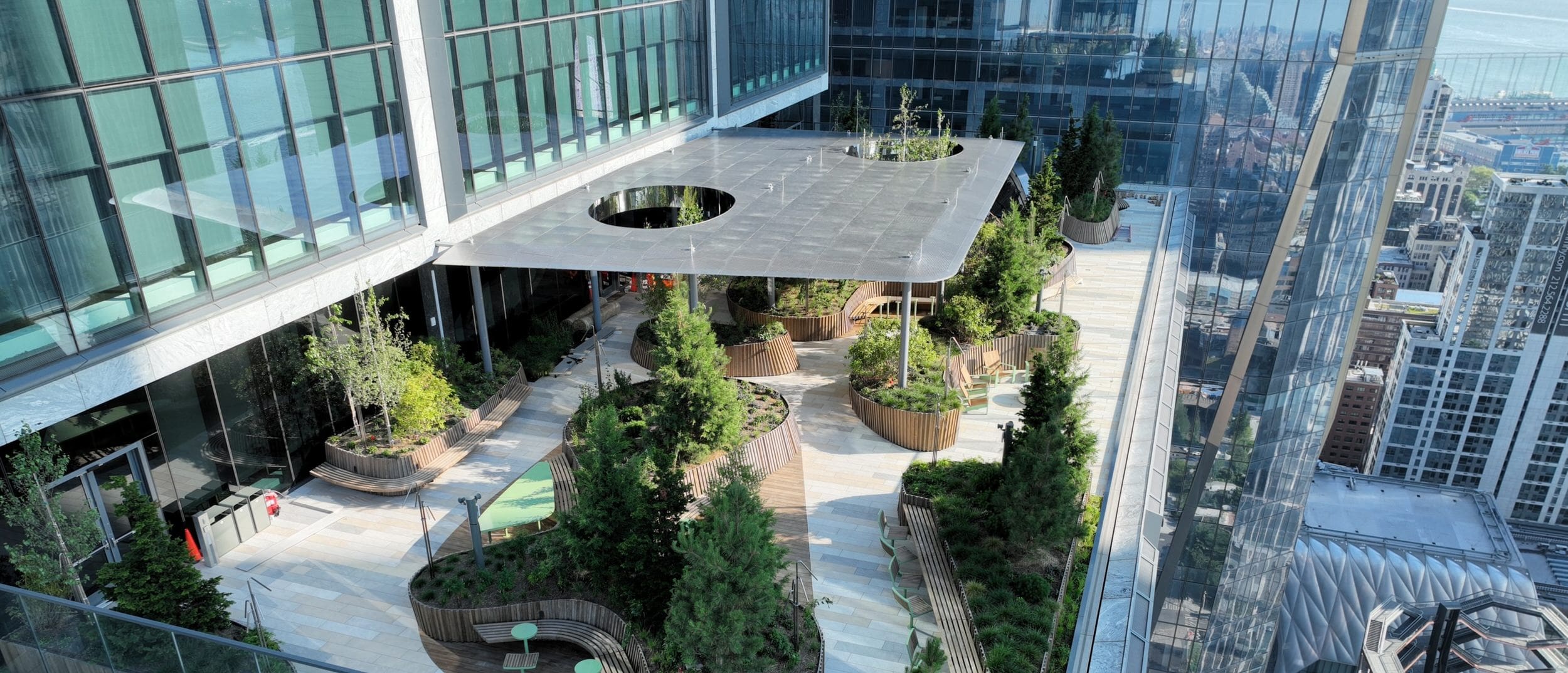
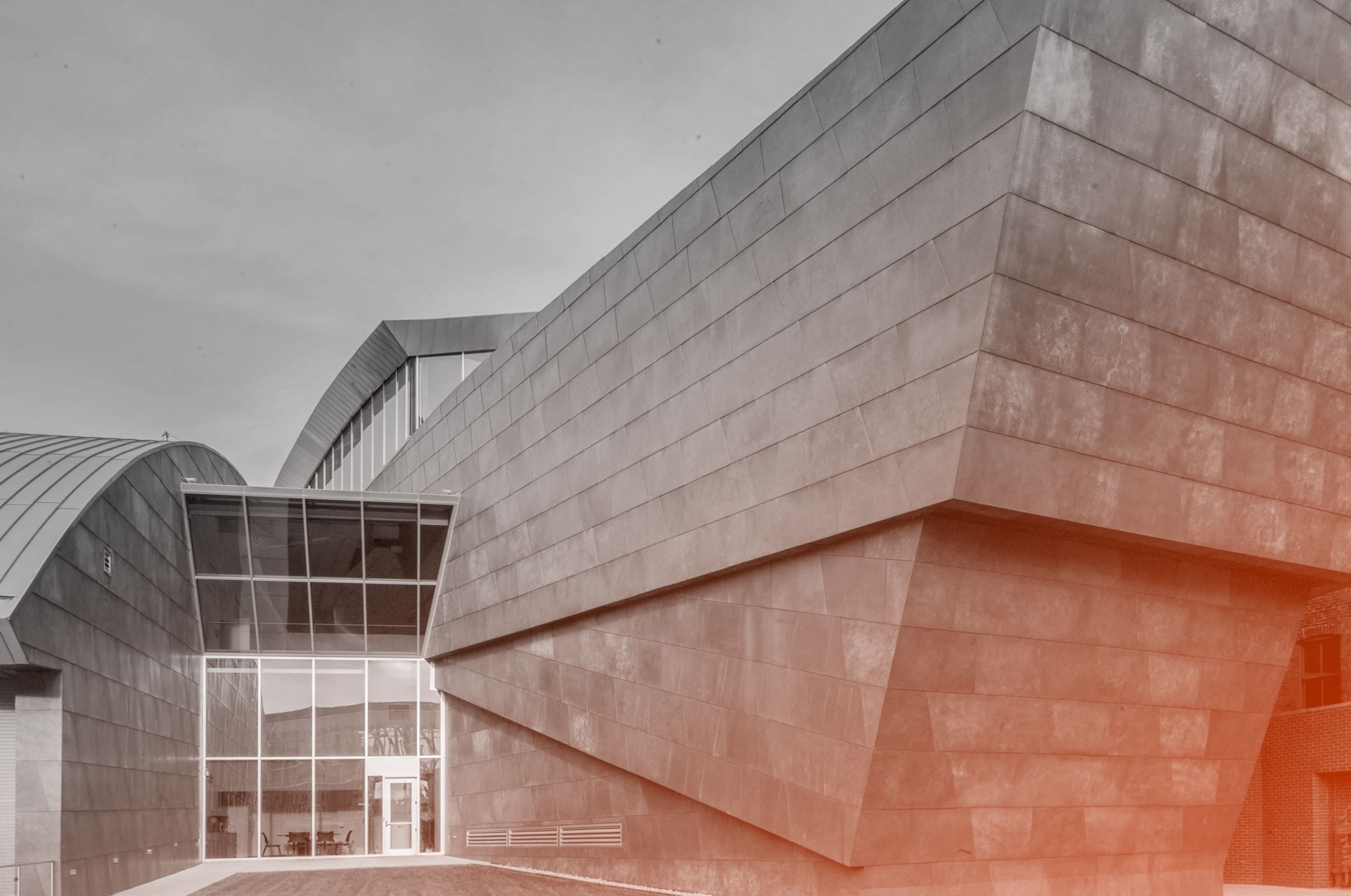
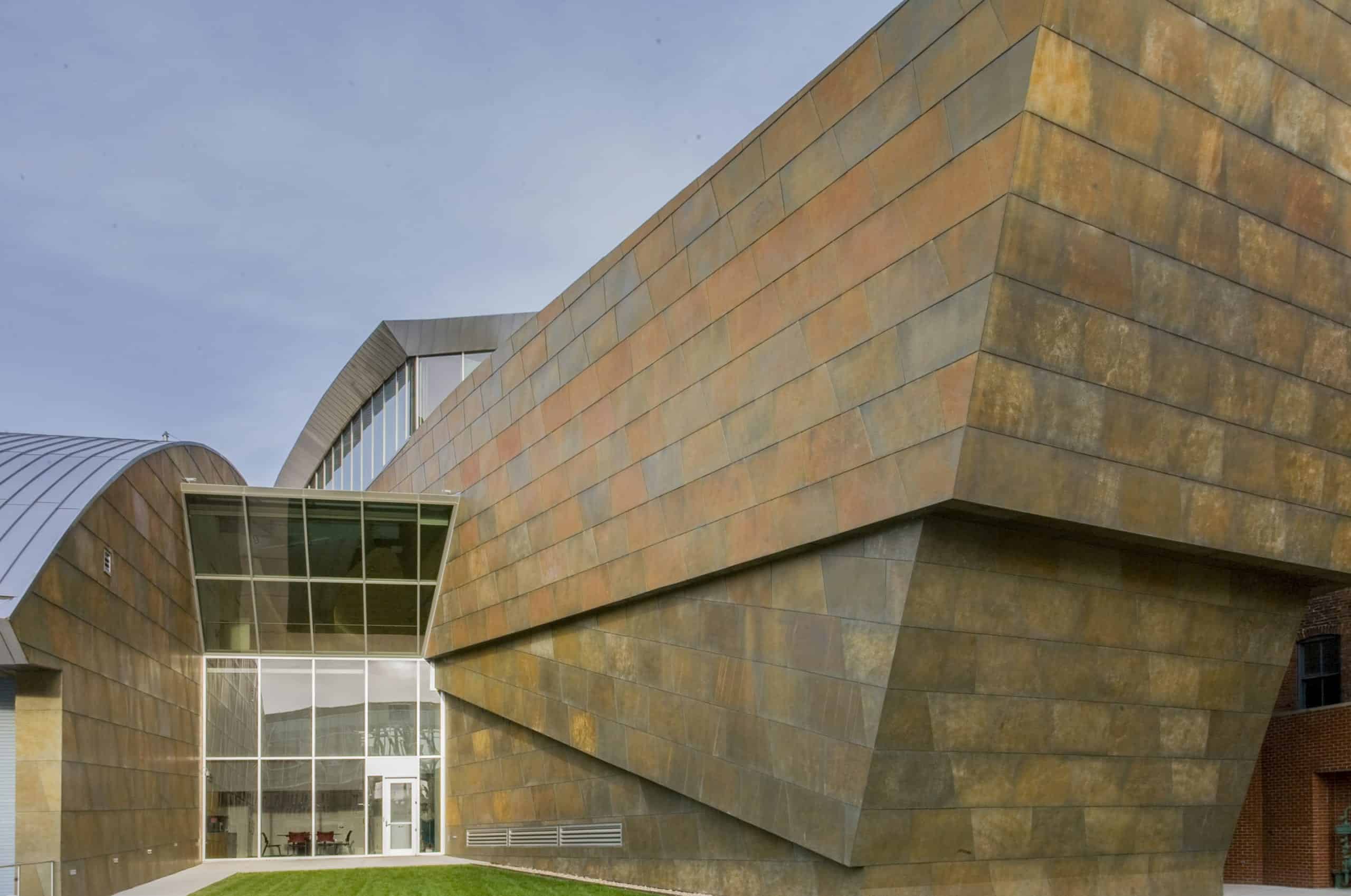

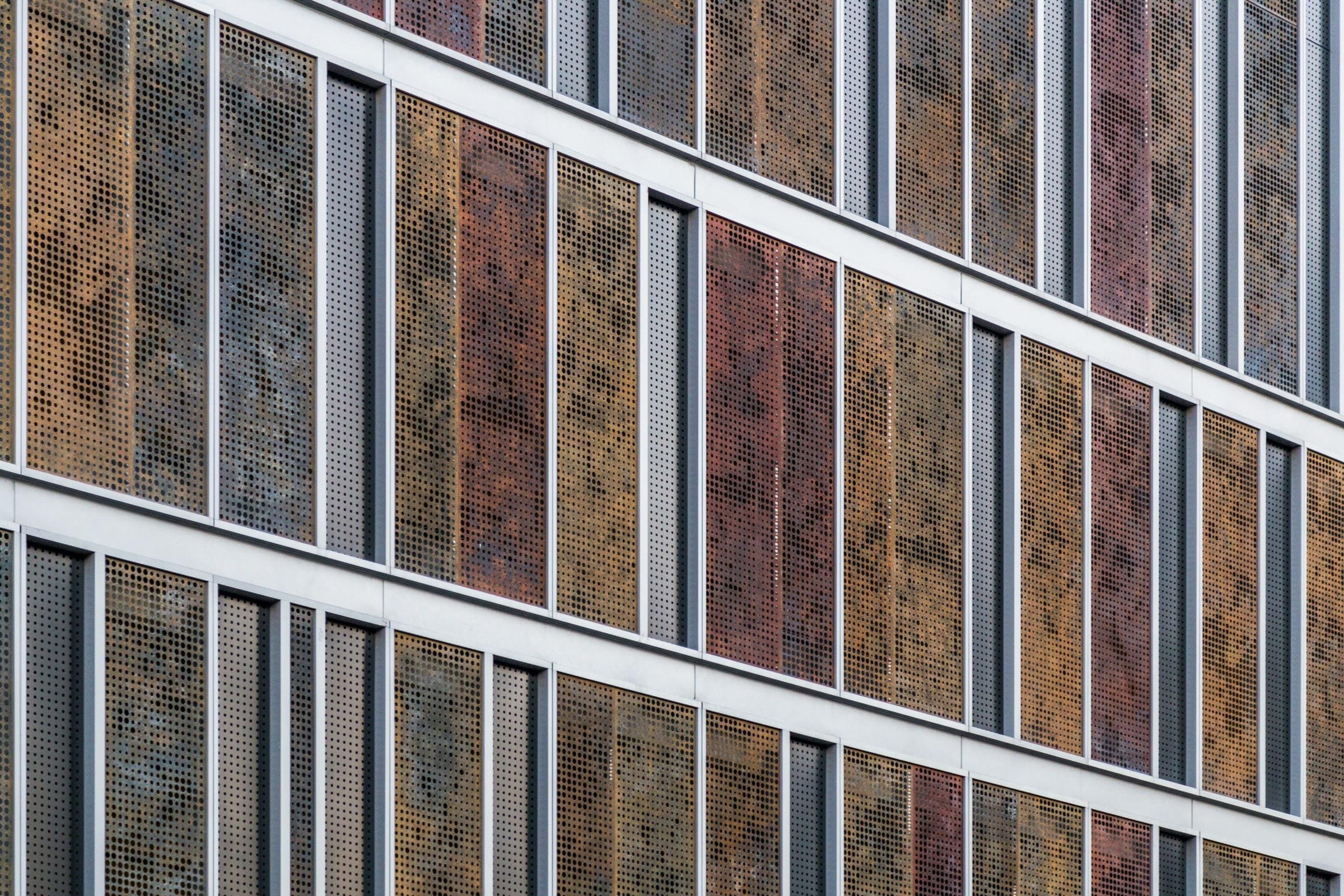
 Ɱ, Creative Commons Attribution-Share Alike 4.0 International license, edited.
Ɱ, Creative Commons Attribution-Share Alike 4.0 International license, edited.

